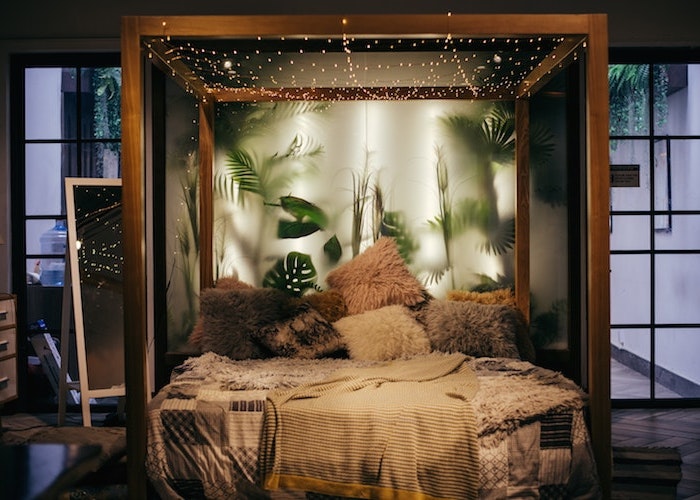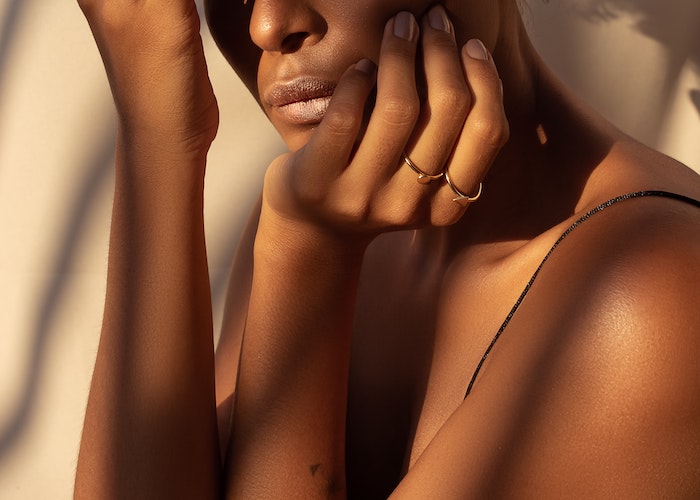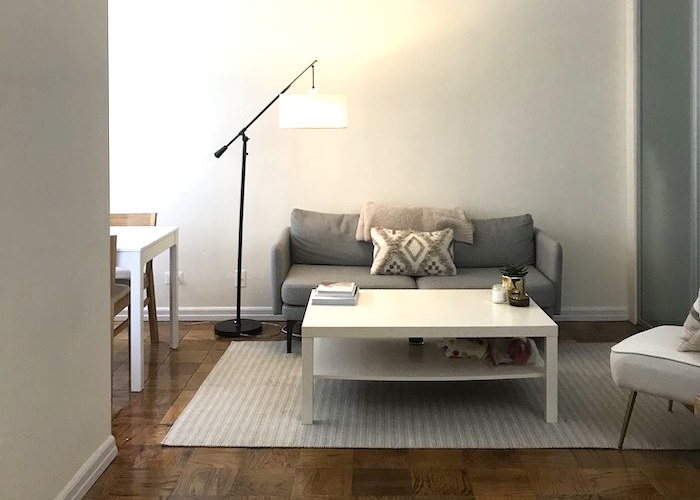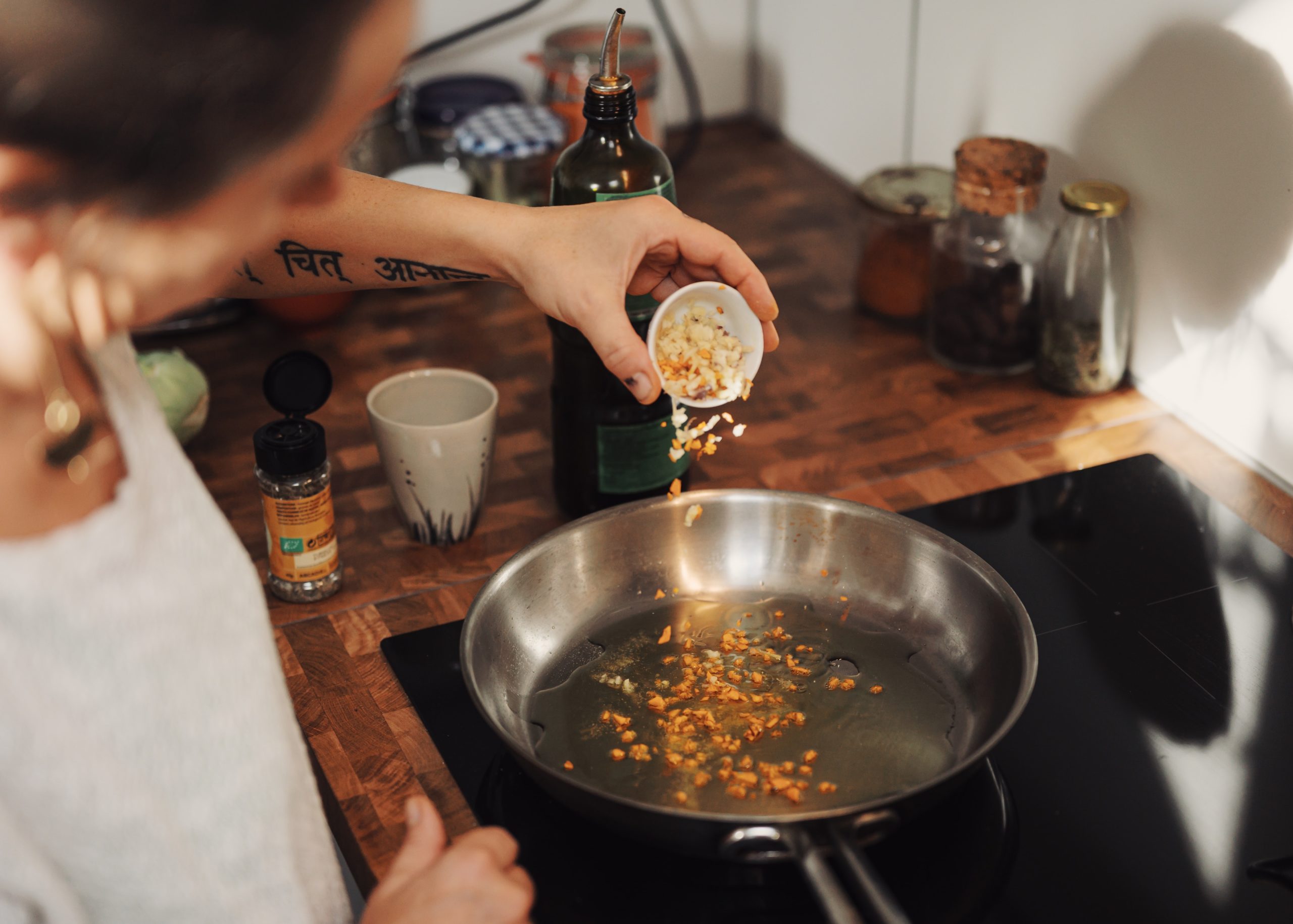What I Learned After Tracking My Sleep For A Month

Like many, I’ve found that a good night of sleep has been infrequent in the pandemic. While I don’t have trouble actually falling asleep, I’ve found it difficult to feel well-rested and energized in the mornings. I typically wake up feeling groggy, remembering remnants of disturbing dreams, and just feeling tired in general. Since this is particularly unusual for me, I recently decided to track my sleep with an app to determine if doing so could help me identify the issue.
The app I used to track my sleep is called Pillow. How it works is, I essentially charged my phone overnight, keeping it under my pillow, and simply set an alarm window on the app before I went to bed. The app would automatically wake me up at a time within my thirty-minute alarm window that was best for my sleep cycle. After a month of doing this, it became evident that my sleep issue was a lack of REM sleep. Studies show that on average, adults need about 20-25% of REM sleep a night. Pillow indicated that I was consistently only getting 7-11% of REM sleep — far lower than the necessary amount for a good night’s rest.
But beyond the stats, I didn’t find the app all that useful. While it’s good to know that I need to increase the amount of REM sleep I receive per night, the app doesn’t offer solutions or insight on how I can go about doing so. Also, the other features of the app are not all that useful to me, though I do think they could be useful for other sleepers. For instance, Pillow tracks how long it takes for you to fall asleep. If you’re someone who particularly takes a long time to doze off, this app would definitely be helpful in determining if certain sleep techniques are more successful than others. For myself, it solidly takes about ten minutes for me to fall asleep. While somewhat interesting to know, that information isn’t quite useful, for my situation.
Another potential useful feature is the app’s tracking of your sleep cycle. Like I said, in the morning, it will tell you what percentage of the night you spent in REM sleep, light sleep, deep sleep, or awake. For people who wake up frequently in the night, either to drink water or go to the bathroom, or merely because of difficulty sleeping through the night, this could be useful to see since the graph of your sleep throughout the night could show where in your sleep cycle you’re being disrupted, or perhaps could reinforce that waking up in the middle of the night isn’t actually affecting your sleep. The app also has you record your mood when you wake up, and graphs that information over time. So while I didn’t find this to be helpful — after all, I could feel in my body how correlated my mood and energy levels were with the quality of sleep I had — for those whose sleep is a bit more erratic, this could be helpful to track.
I also feel that using this app during the pandemic has also rendered some of its more complex features unhelpful. For instance, the app will compile graphs of your sleep quality for each day of the week. For instance, it allows you to see if your sleep is best on a Saturday (over the weekend), or if your Monday schedule might be causing you to stay awake longer than any other days of the week.
I think in a pre and post-pandemic world, this would actually be an incredibly useful feature of the app. My schedule before March of this year was remarkably cyclical; on Mondays I worked out after work instead of before, reaching home a little later than usual, and typically tiring myself out. On Tuesdays and Thursdays I volunteered and often got home later than other days in the week, and on Wednesdays and Fridays I’d usually meet friends for happy hour or dinner. As such, I’m sure my sleep was affected by these routines. I’d have liked to see if my sleep quality improved by working out after work, for example, or if it was more affected by happy hour after the office versus dinner. Or whether volunteering and getting to bed later than I’d have liked did not in fact have the negative impact on my sleep that I may have suspected. However, given the current climate that we’re in, my schedule doesn’t change very much, or certainly not depending on the day of the week, so this is another feature that I simply didn’t have the opportunity or need to use.
Ultimately, tracking my sleep was an interesting experiment, but it didn’t work for me as effectively as I’d originally hoped. For one, I fall asleep quickly and I’m very much attuned with the impact my sleep quality has on my mood and energy levels.
Also, the newfound knowledge that I wasn’t reaching deep levels of REM sleep, didn’t actually allow me to improve my sleep. Perhaps if I continue to track my sleep over the course of a year, I’ll be able to notice patterns to which I’m able to achieve more REM sleep, versus when I’m not. But over a month, nothing much has changed, and I honestly don’t anticipate much by continuing to track my sleep over an extended period of time.
Finally, having to place my phone under my pillow in order for this app to work is uncomfortable. I find myself looking at my phone more before I go to bed, and also looking at it first thing in the morning, too. First, I would view my results from Pillow, then check my email, then look through Instagram (and in turn, feel bad about my boring quarantine existence), and finally check my portfolio (which is a terrible idea since the stock market isn’t doing so hot at the moment). Short of placing my phone far away from my bed, I don’t know how to break this cycle, so my usage of this app is undoubtedly coming to an end.
Still, while Pillow didn’t work for me, I enjoyed experimenting with the idea of tracking my sleep and encourage sleepers who struggle with more complex bedtime issues to give this app a try. Ideally, it would help improve your sleep quality since sleep is one of the most important pillars of our health.
Keertana Anandraj is a recent college grad living in San Francisco. When she isn’t conducting international macroeconomic research at her day job, you can find her in the spin room or planning her next adventure.
Image via Pexels
Like this story? Follow The Financial Diet on Facebook, Instagram, and Twitter for daily tips and inspiration, and sign up for our email newsletter here.




